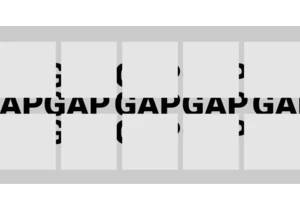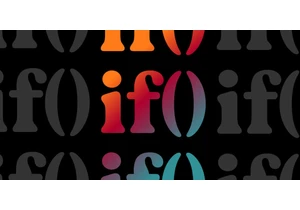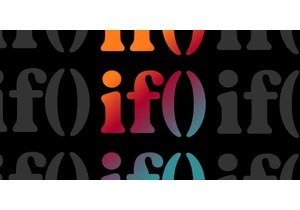When I first got this writing prompt, my mind immediately started thinking stuff like, “What tech have I learned this year?” But this post isn’t really about tech, because I think what I’ve learned the most about building websites this past year is simplification. This year, I’ve learned that keeping it simple is almost always the best approach. Heck, I’ve been banging that drum for a while, but this year has really solidified those sort of thoughts. I’m trying to … Read article “Learning to Simplify”
The post Learning to Simplify appeared first on CSS-Tricks. You can support CSS-Tricks by being an MVP Supporter.
Connectez-vous pour ajouter un commentaire
Autres messages de ce groupe

Styling the space between layout items — the gap — has typically required some clever workarounds. But a new CSS feature changes all that with just a few simple CSS properties that make it easy, ye

Being the bad boy I am, I don't take Tailwind's default approach to cascade layers as the "best" one. Over a year experimenting with Tailwind and vanilla CSS, I've come across what I believe is a b


KelpUI is new library that Chris Ferdinandi is developing, designed to leverage newer CSS features and Web Components. I've enjoyed following Chris as he's publishe

The CSS if() function enables us to use values conditionally, which we can already do with queries and other functions, so I’m sure you’re wondering: What exactly does if()

The CSS if() function was recently implemented in Chrome 137, making it the first instance where we have it supported by a mainstream browser. Let's poke at it a bit at a very high lev

Zell discusses refactoring the Resize, Mutation, and Intersection Observer APIs for easier usage, demonstrating how to implement callback and event listener patterns, while highlighting available o
